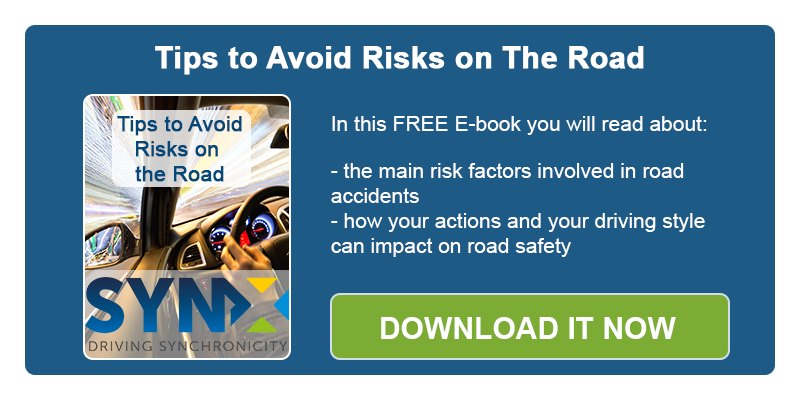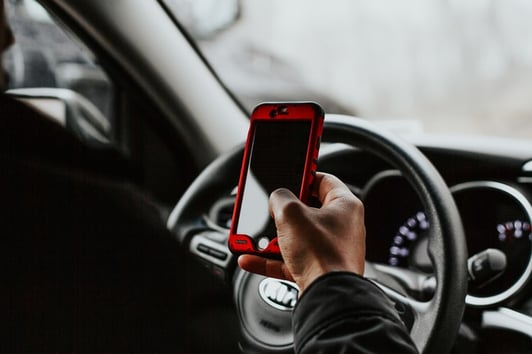No doubt, driving and mobile phone use/misuse have been strongly emphasised over the last few years and, as a consequence, mobile phones have become synonymous with distraction for drivers.
If on one hand it is true that
mobile phone misuse, behind the wheel, is now viewed by most people as an antisocial behaviour—countries have banned at least its handheld use and there are continuously running public awareness campaigns—on the other hand, despite the drivers having been educated on mobile phone use/misuse, the number of road accidents due to distraction
has not decreased.
According to the Insurance Institute for Highway Safety (IIHS), in America, a news article in the US based newspaper—The Suffolk Sun, back in 1914, reported that the local police department had started using motorcycles not only to catch drivers speeding excessively, but also drivers who were “not looking forward” or who were even “reading mail while driving”. Furthermore, according to the IIHS, after car radios started to appear in the 1930s, local legislators in some states tried to place restrictions on the installation of car radios, but were unsuccessful. In the 1970s, research suggested that 15% of vehicle crashes were caused by driver distraction/inattention.
So, it is safe to say that distracted driving is nothing new, but has probably increased over the years as automobiles and the number of drivers have increased—the modern pace of living pressures us into multitasking as well, and the ability to switch off from daily worries grows more difficult.
Information gathered by the National Highway Traffic Safety Administration (NHTSA) in 2012, and quoted by the IIHS, stated 3,328 people had died in distraction-related crashes in 2012 and mobile phone misuse contributed to 12% of them. This means a large proportion, 88%, of crashes involved other kinds of driver distraction. We might not contemplate, too often, upon what they are, exactly, but: talking with other passengers, eating or drinking behind the wheel, trying to adjust climate control, turning the radio system on or off, searching for a CD in the car (or trying to open its case) are all common examples of driver distraction.
So, while we have to keep an eye on mobile phone use, minimising it as far as possible, and operating it only during pauses from driving (because hands-free mobile devices are still a source of distraction) we still have to pay maximum attention to the road as there are plenty of other activities that can steal our attention—surely there are a large number of crashes that are distraction-related and, for whatever reasons, the actual source of which, are not well publicised.




